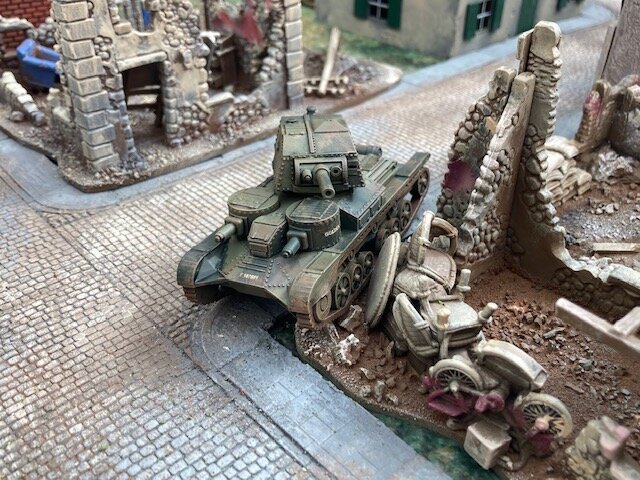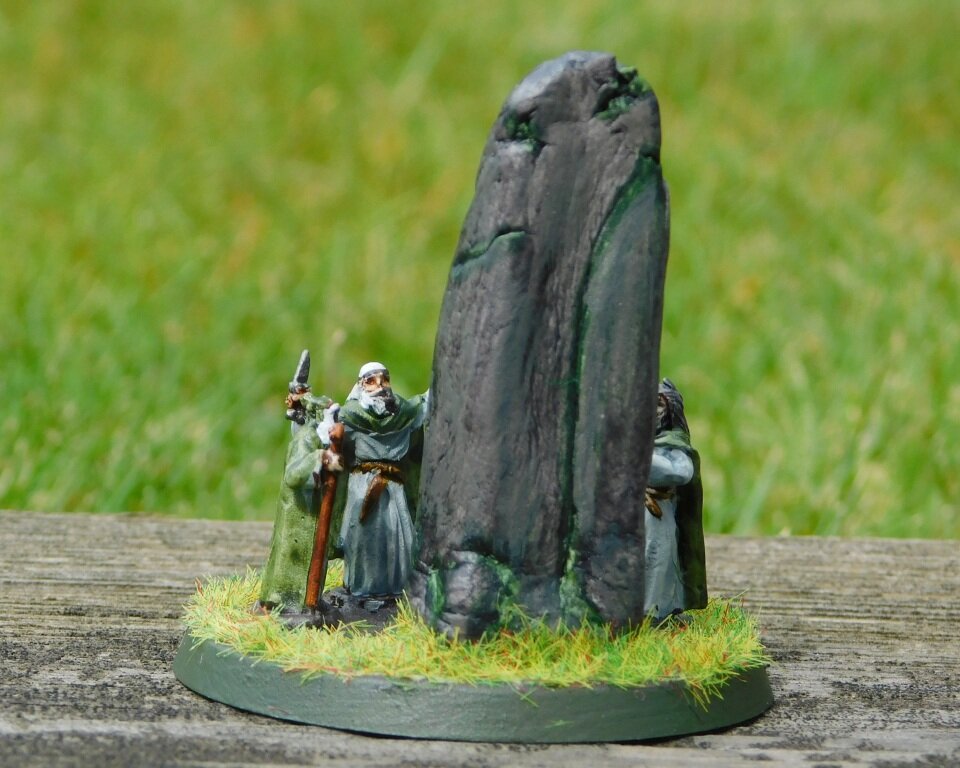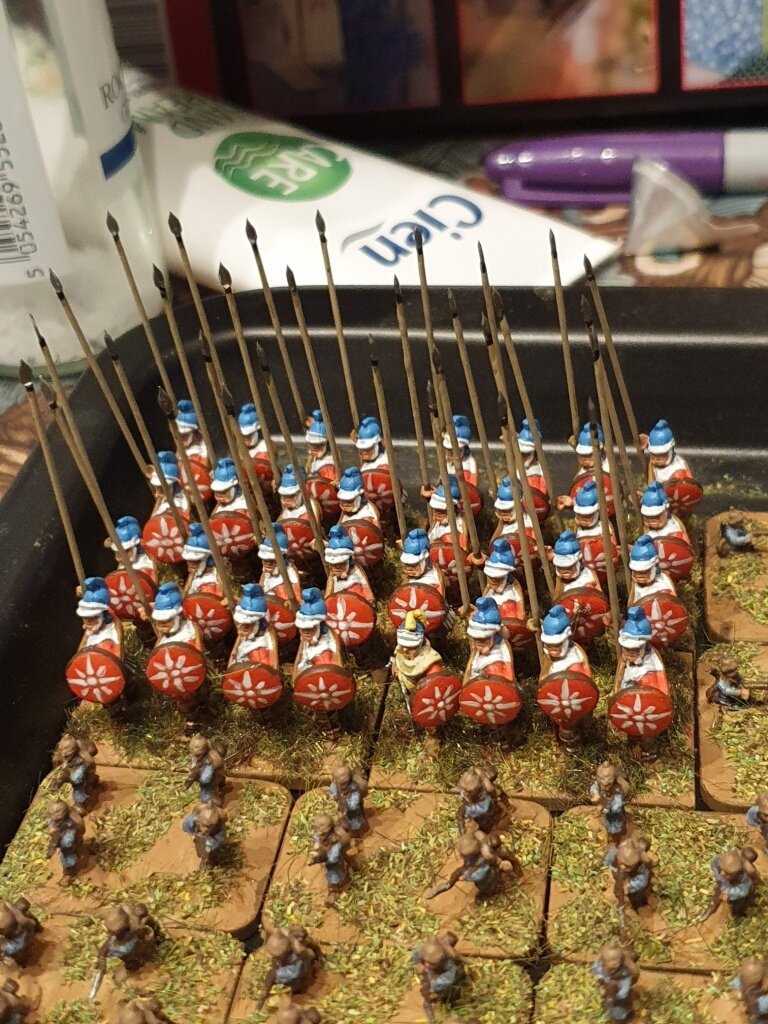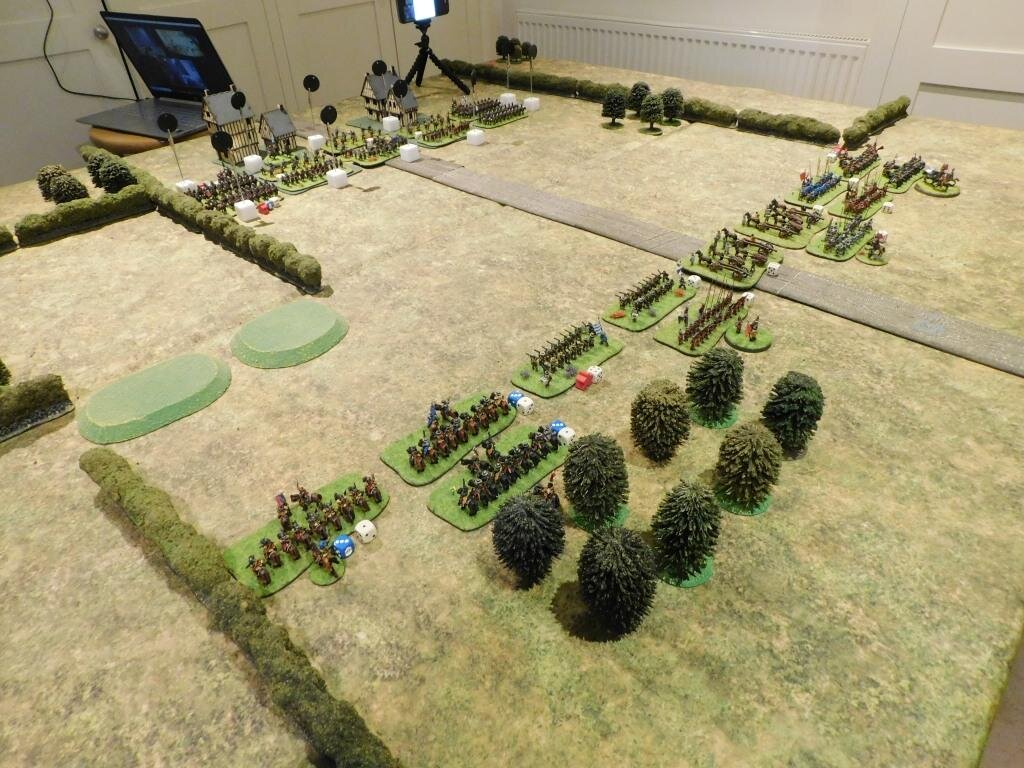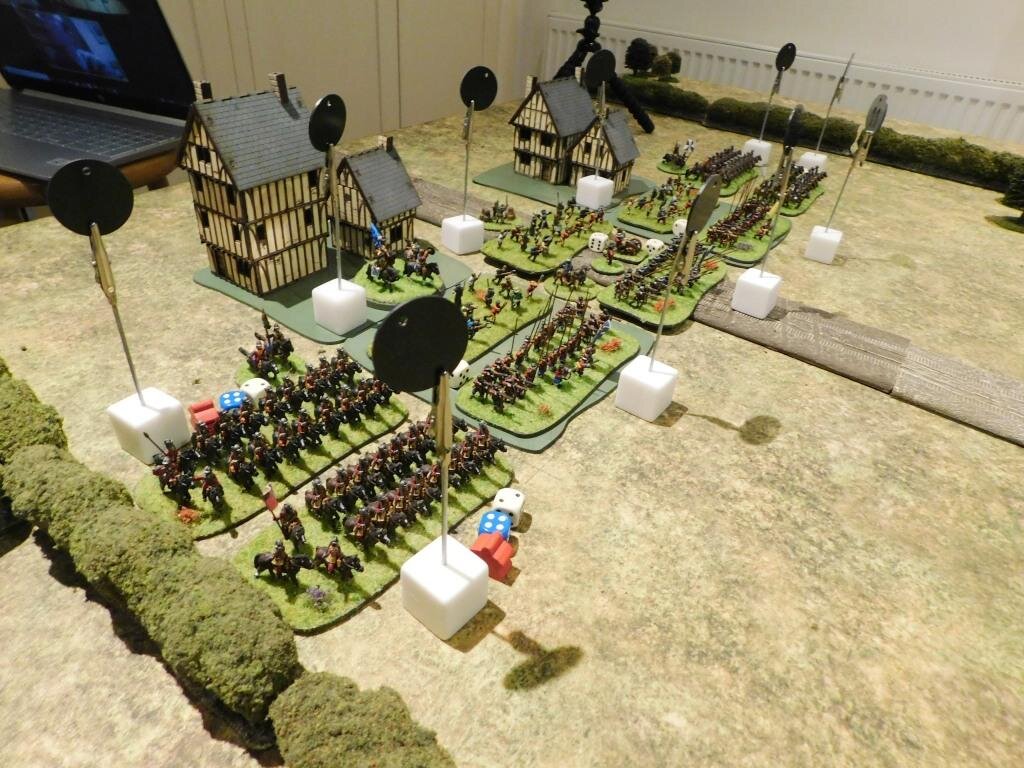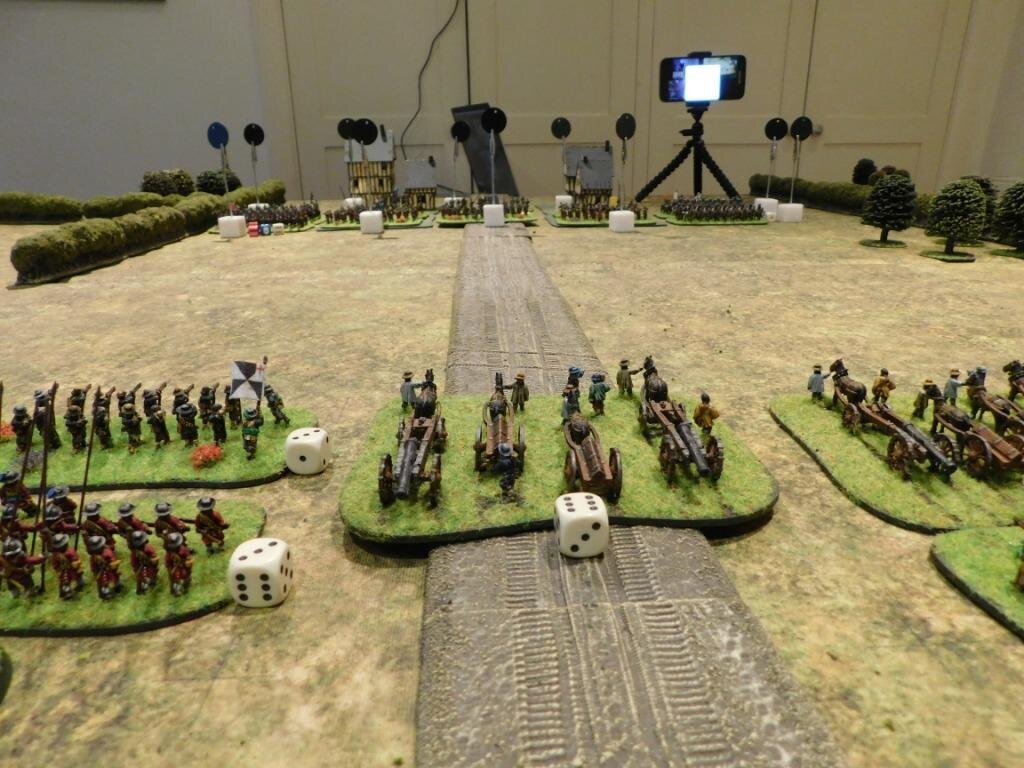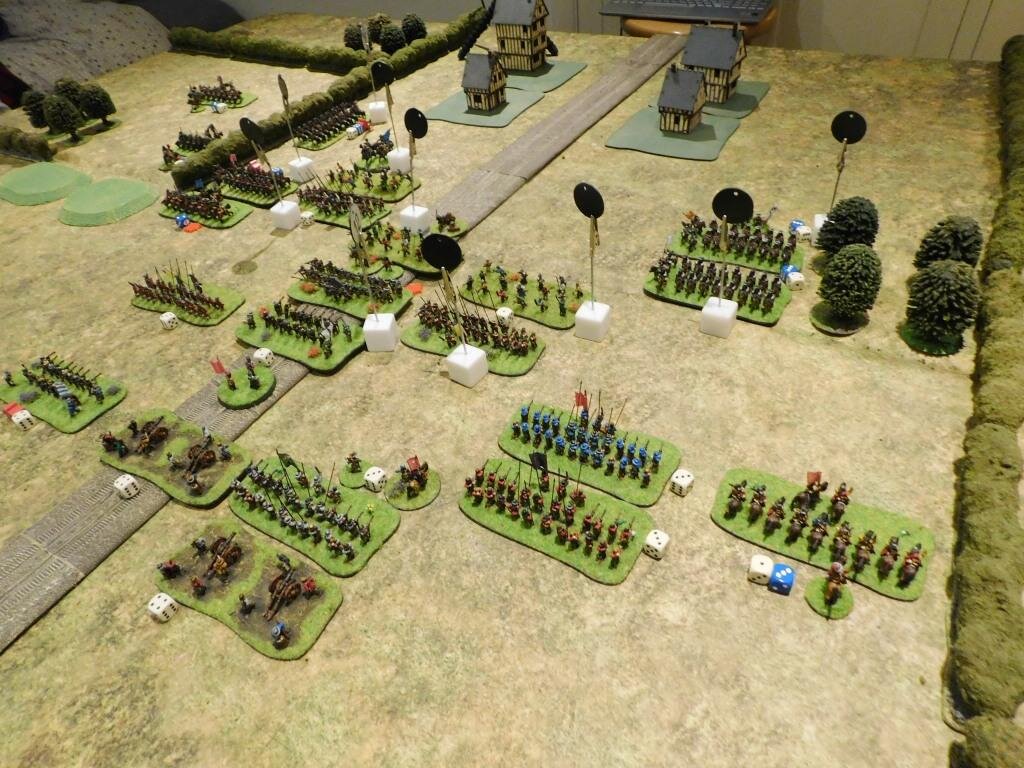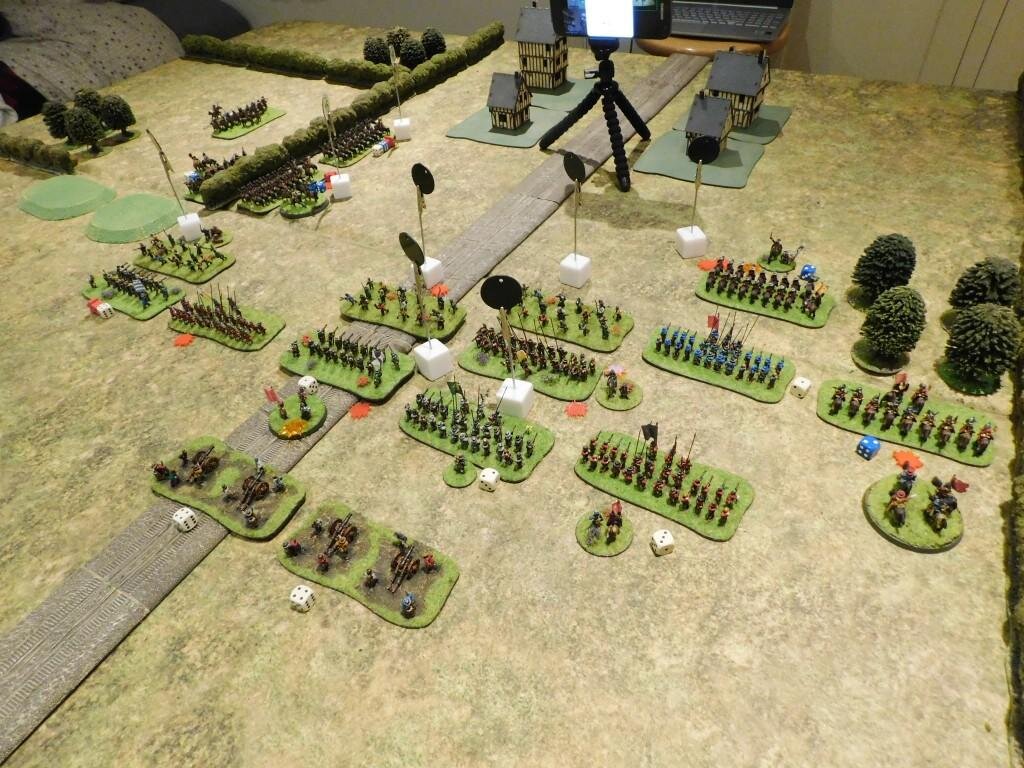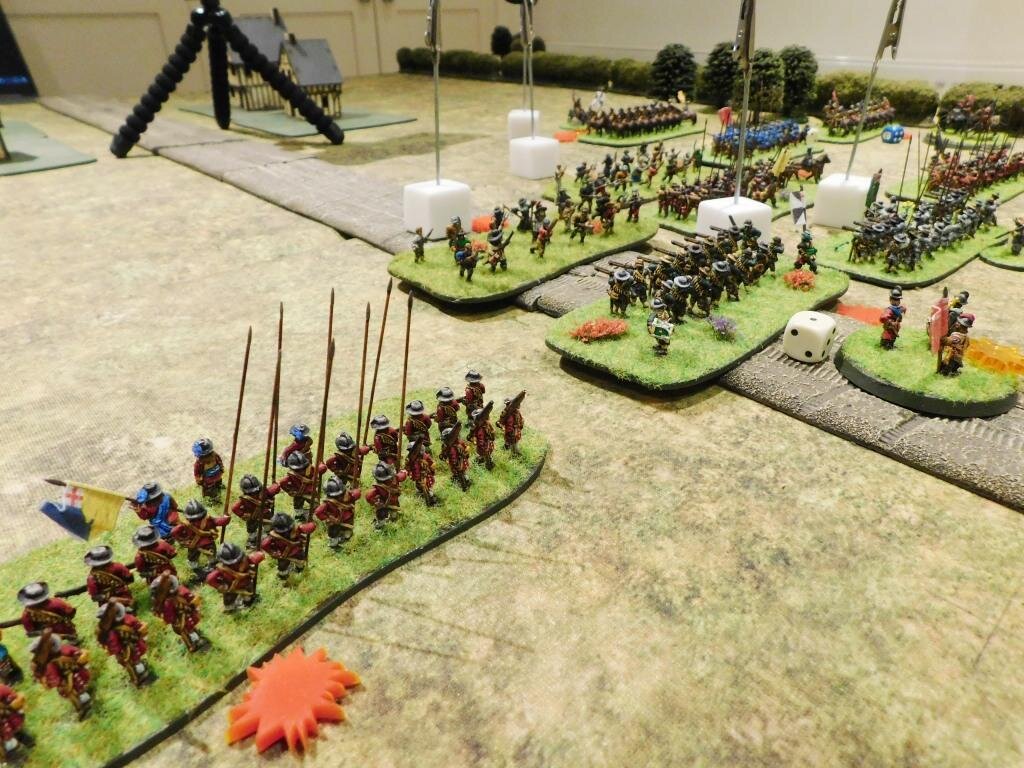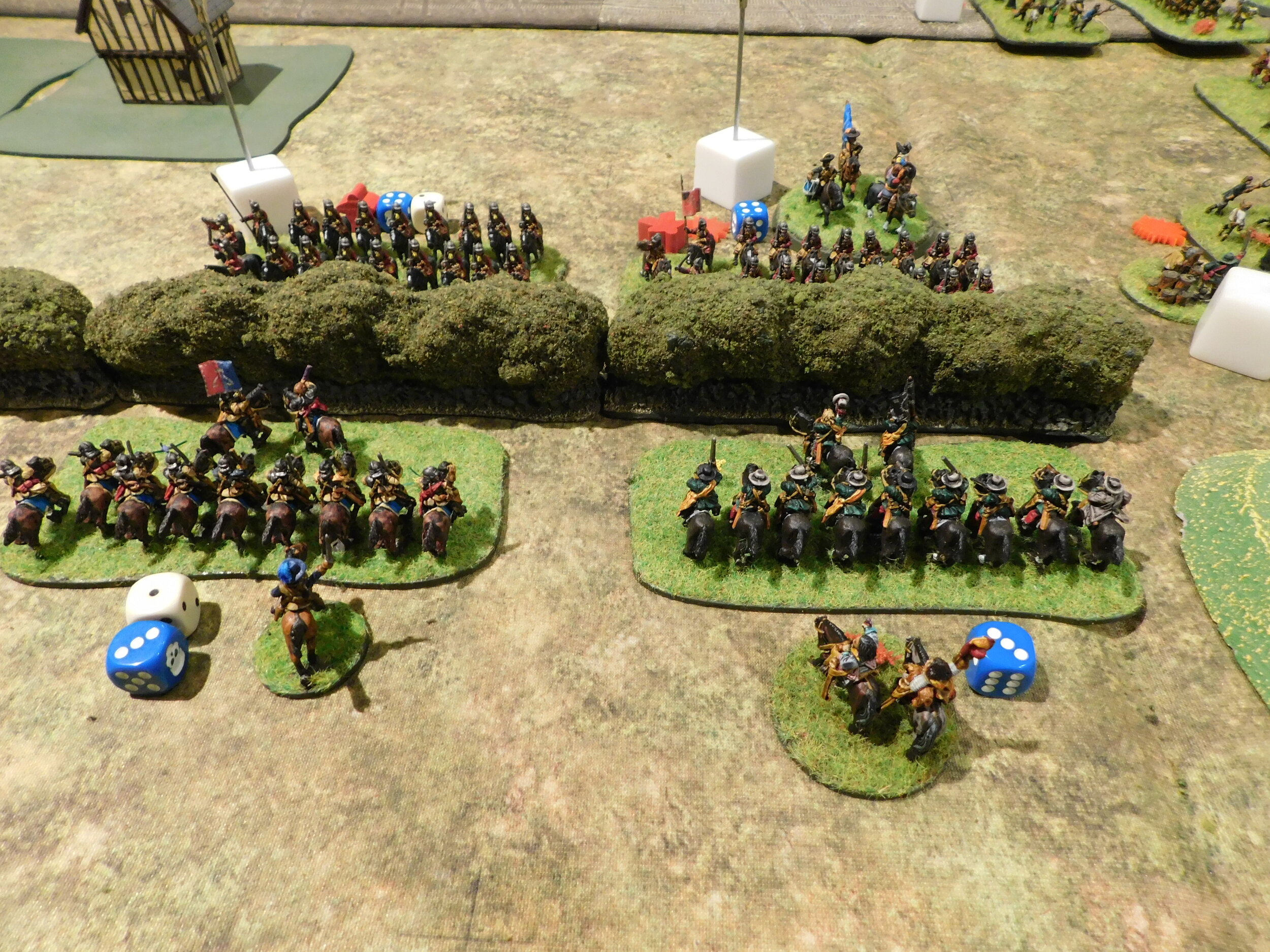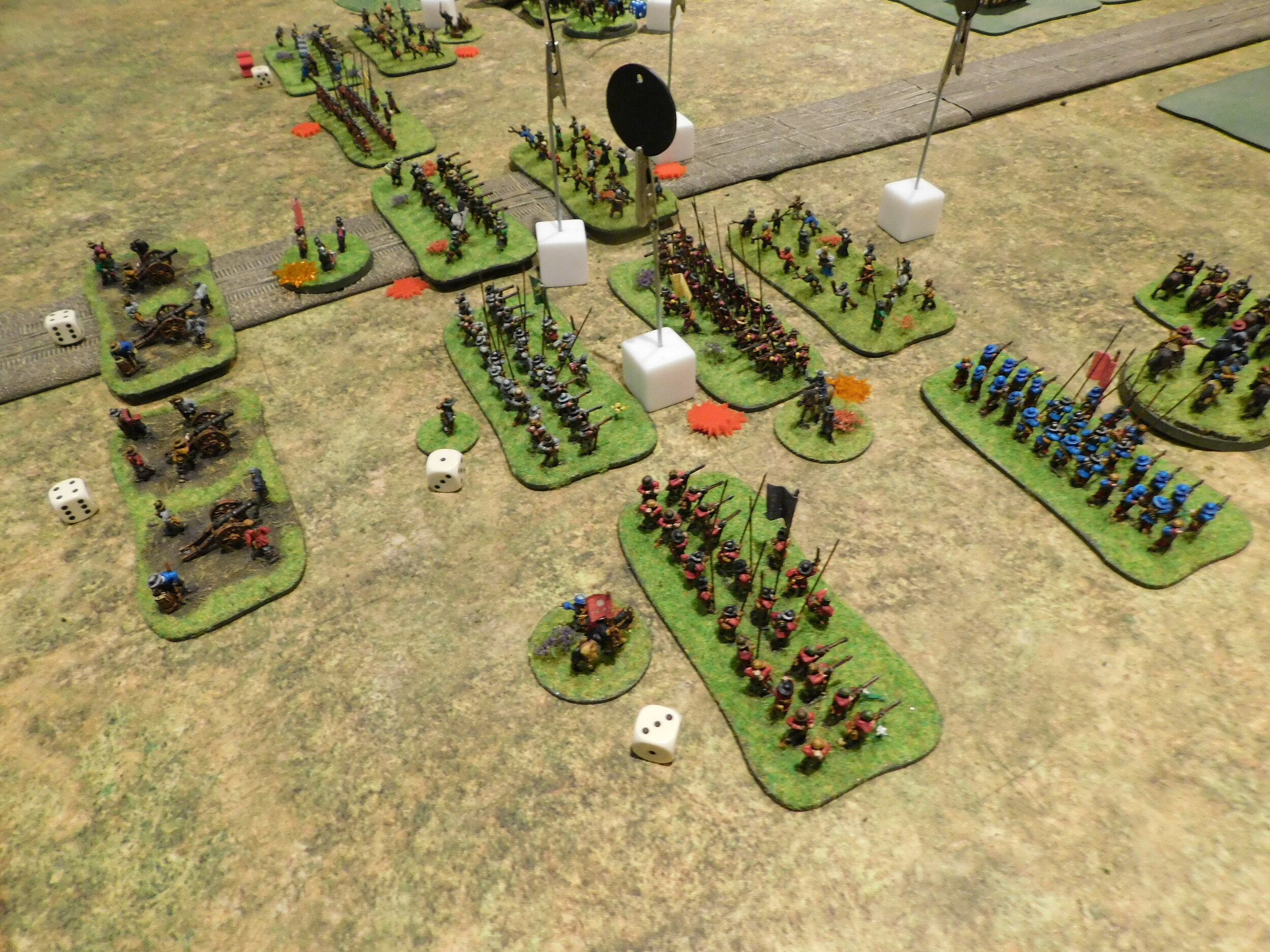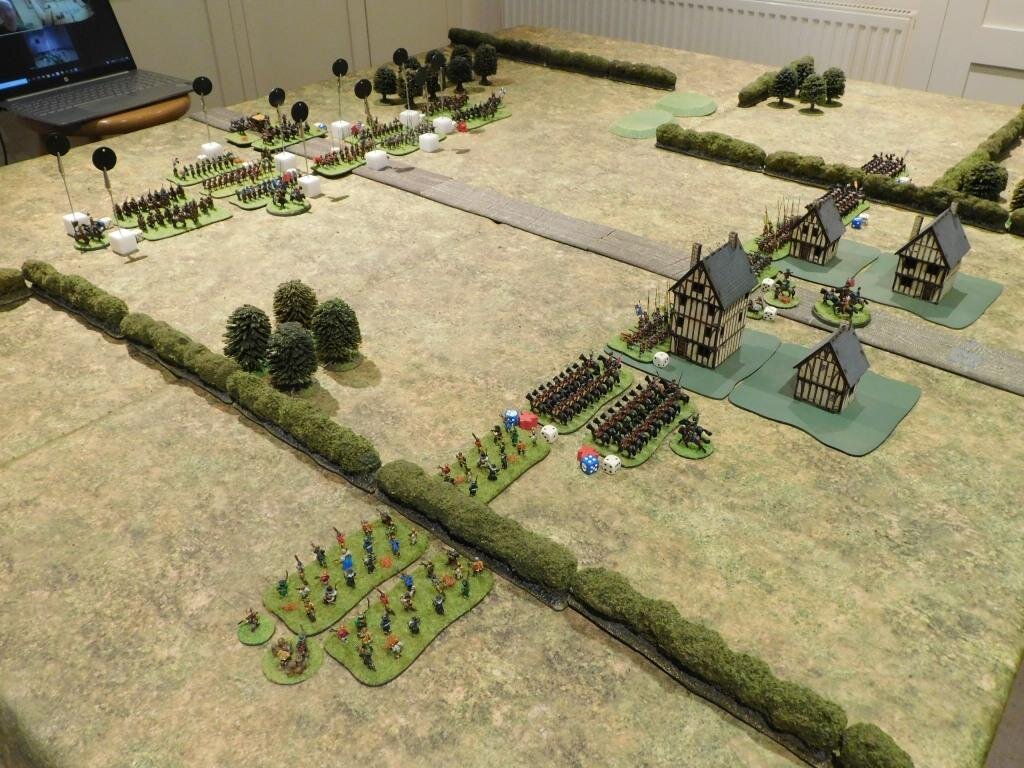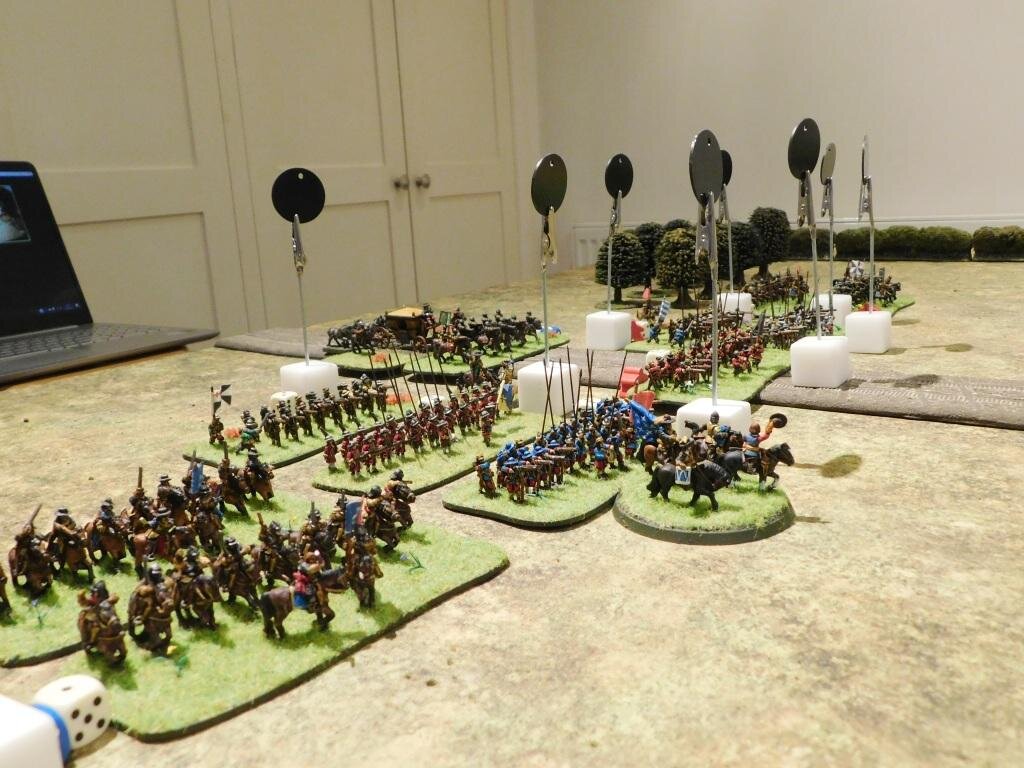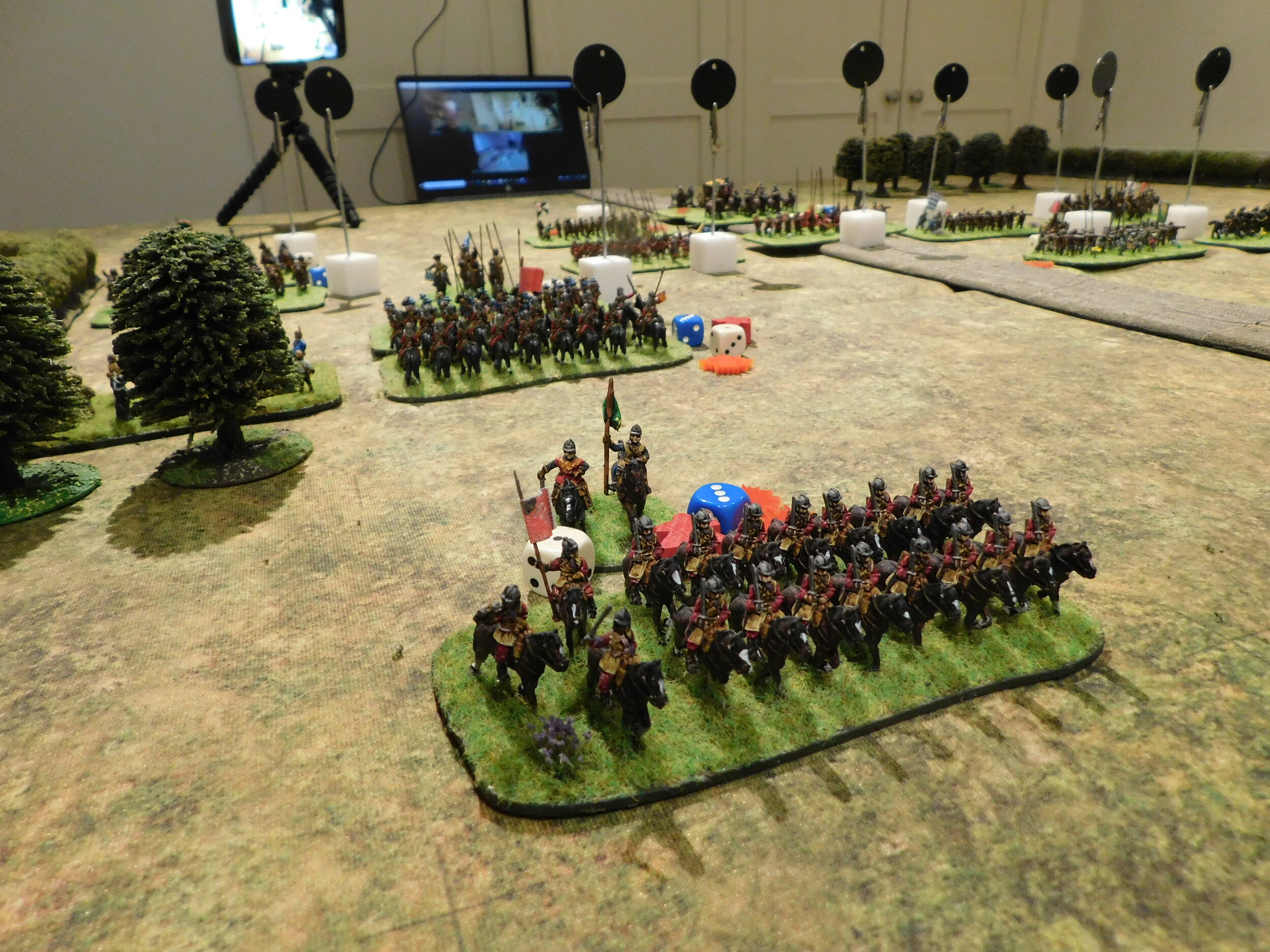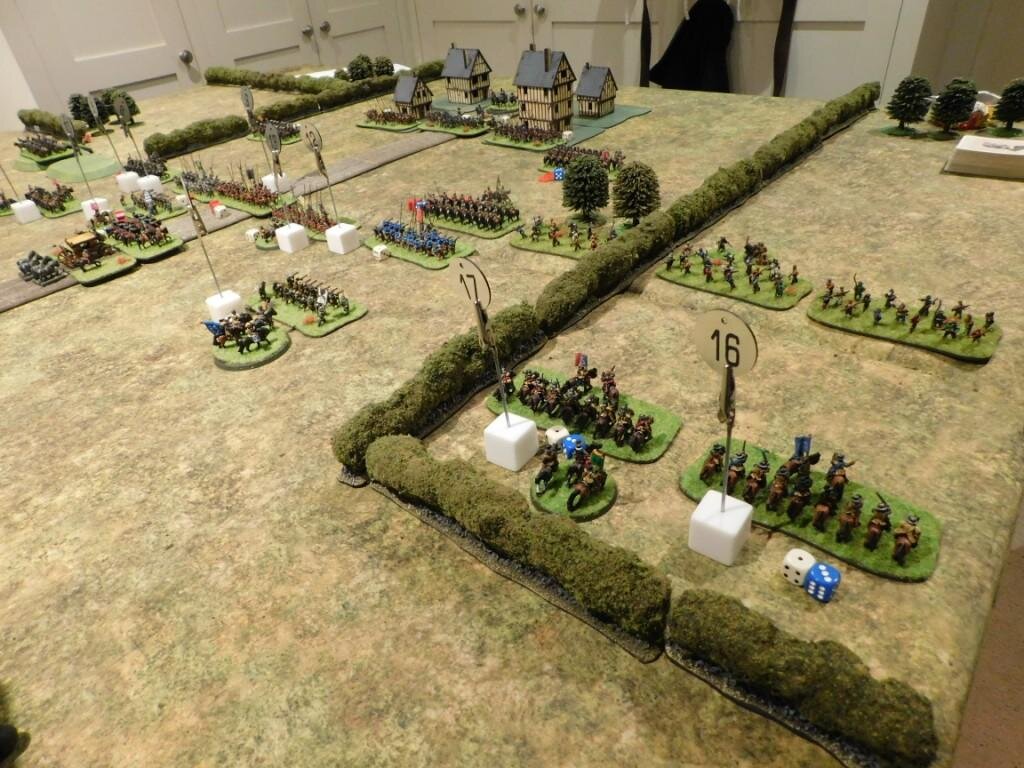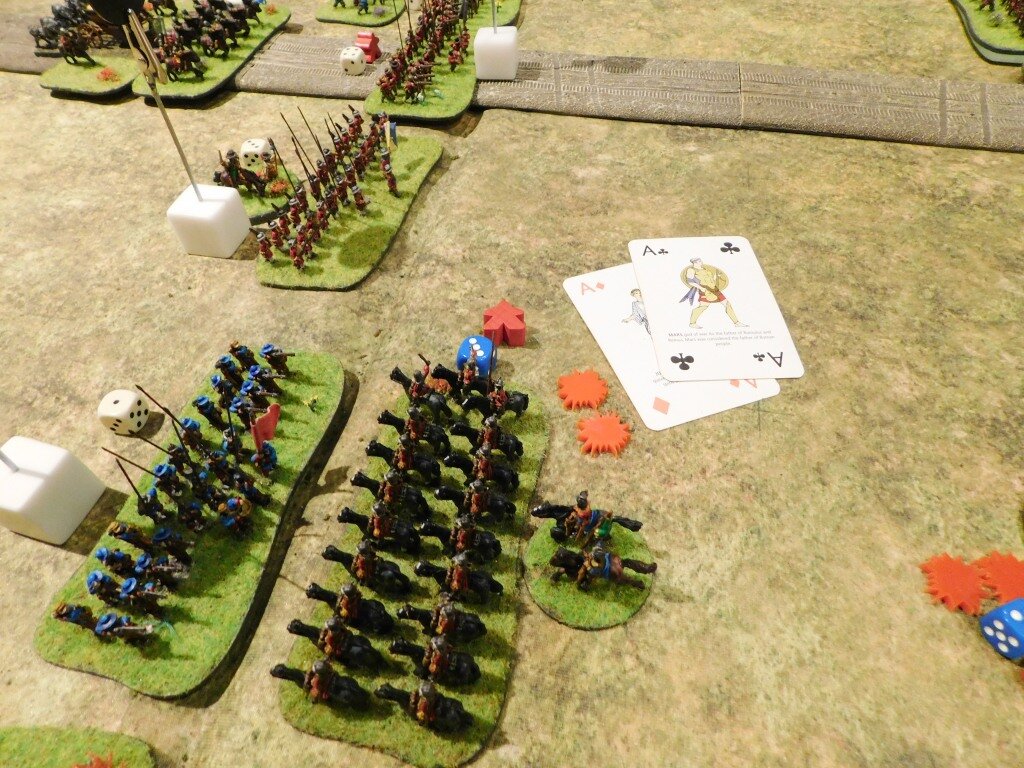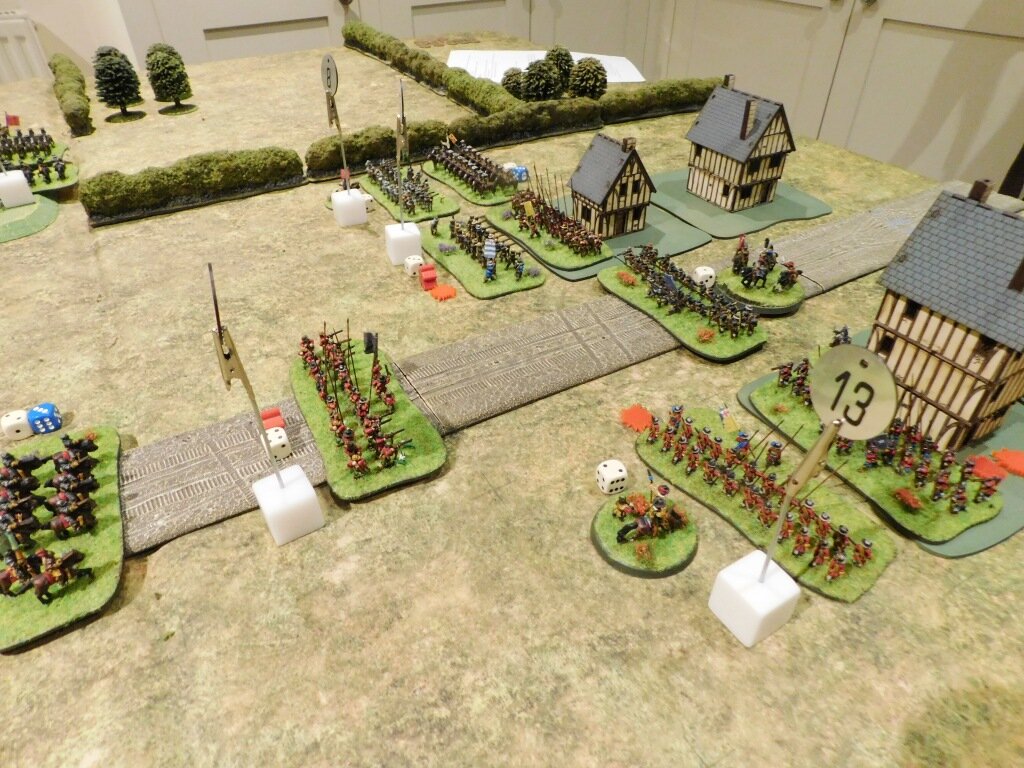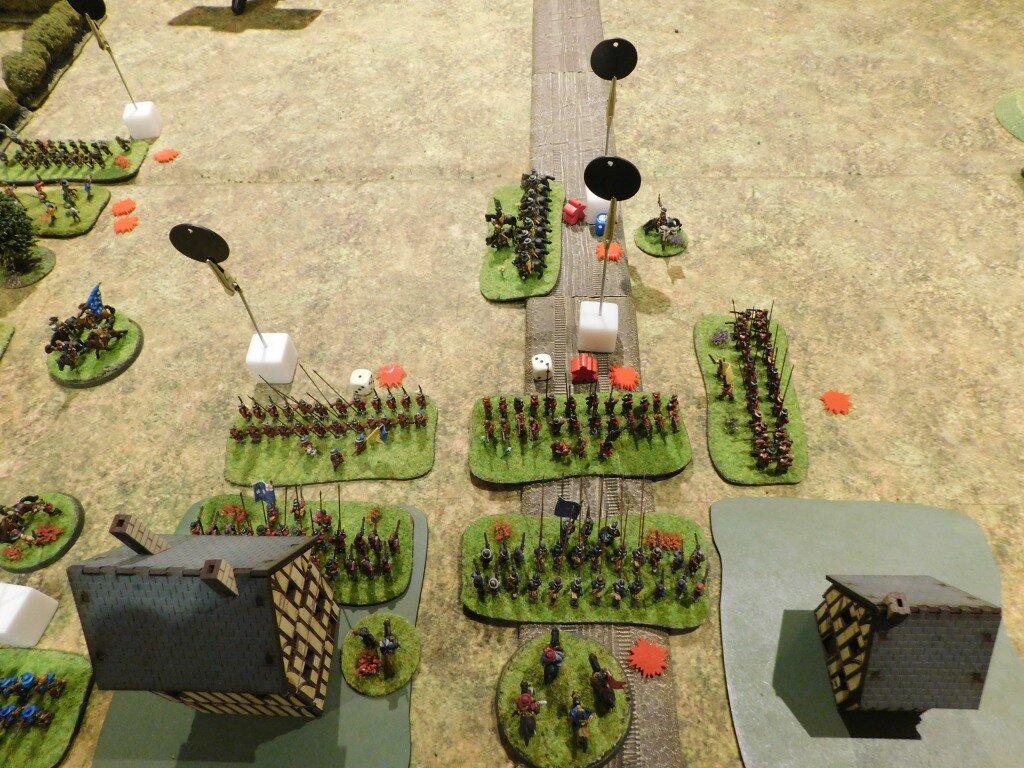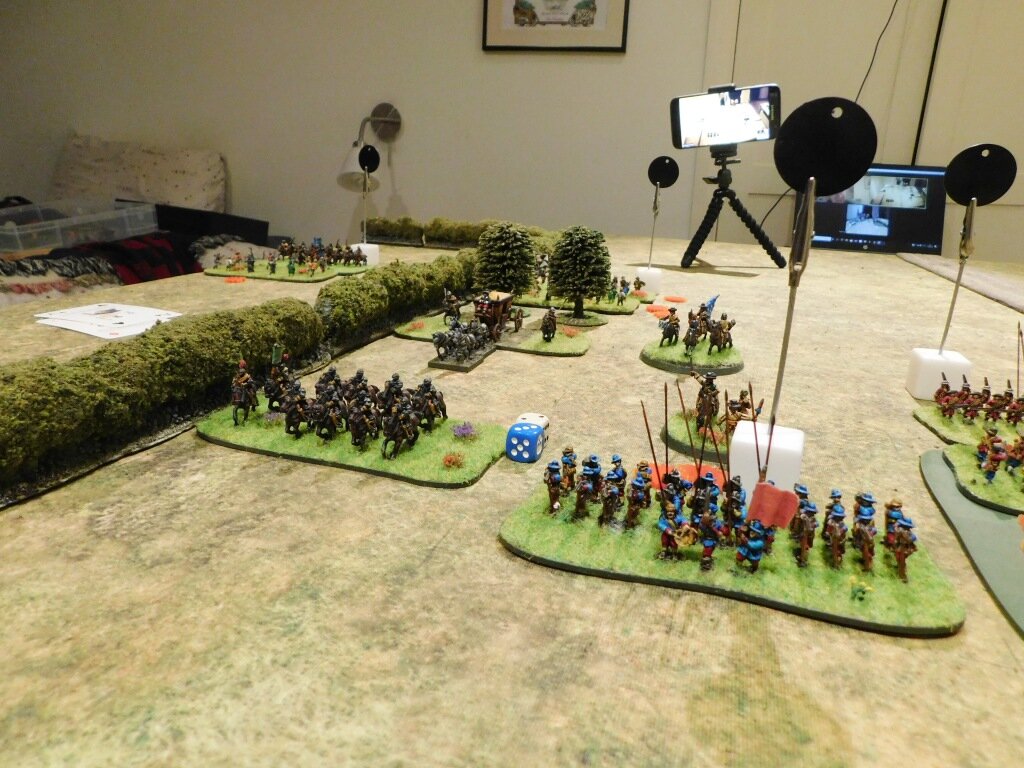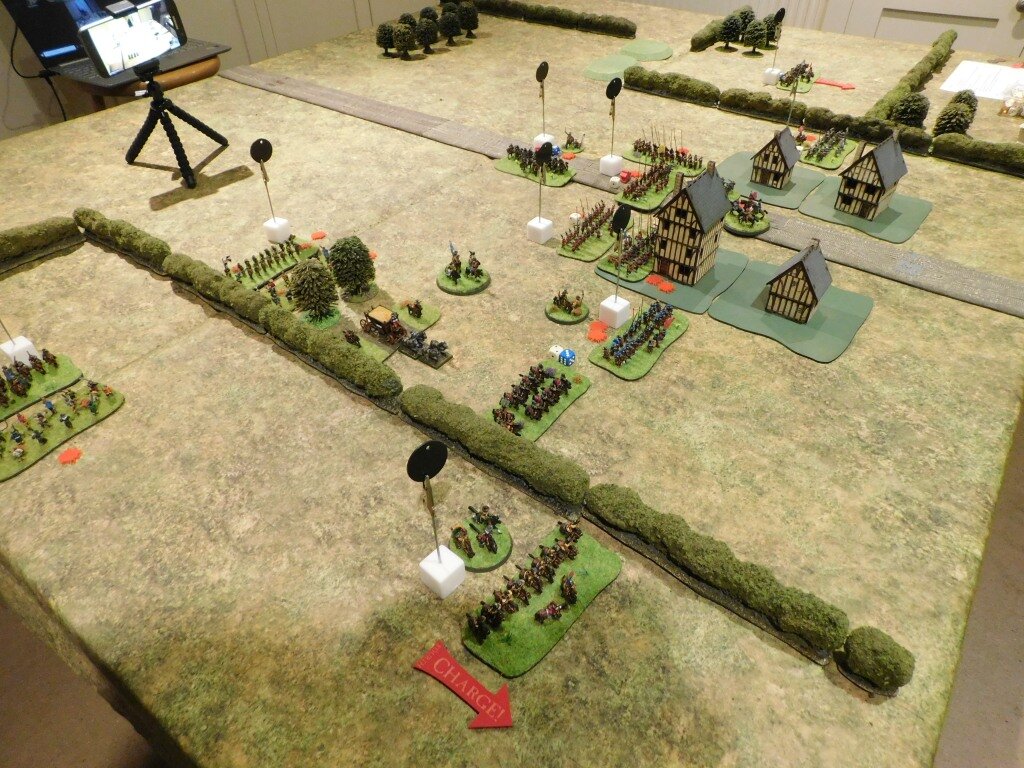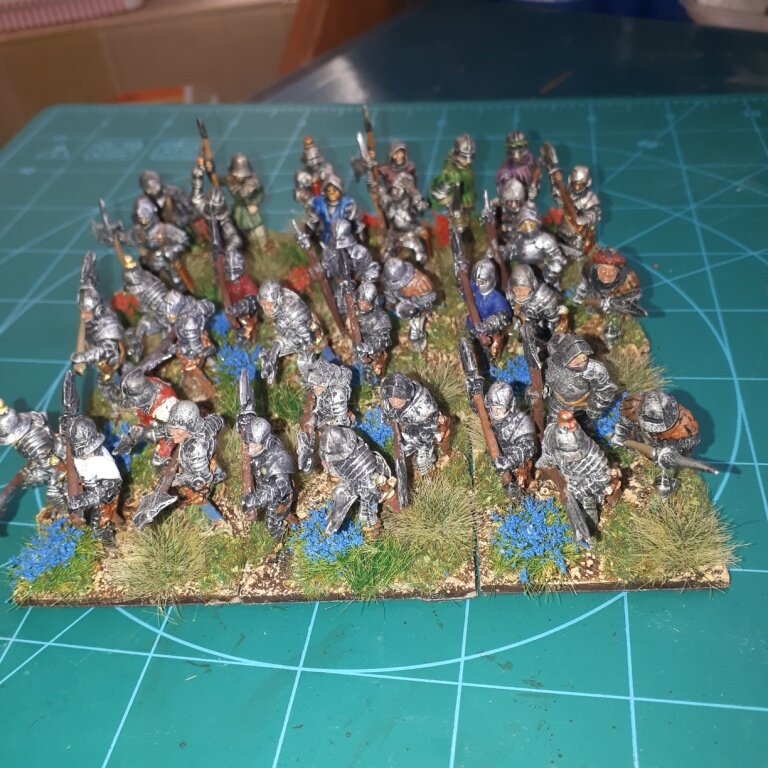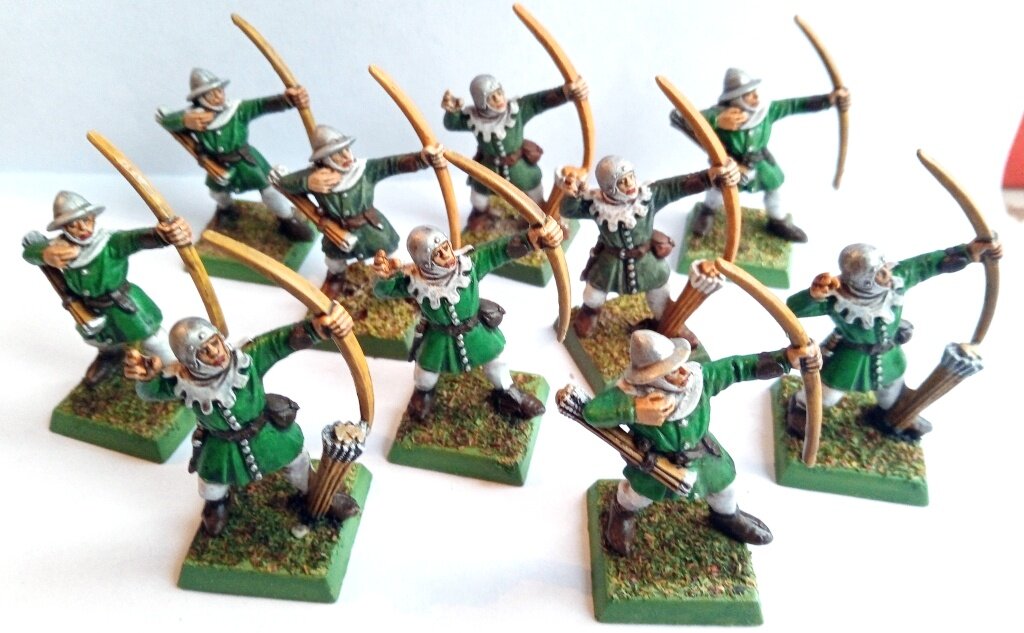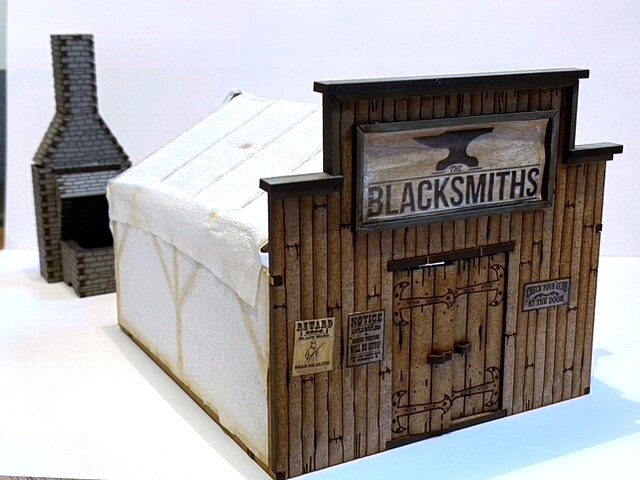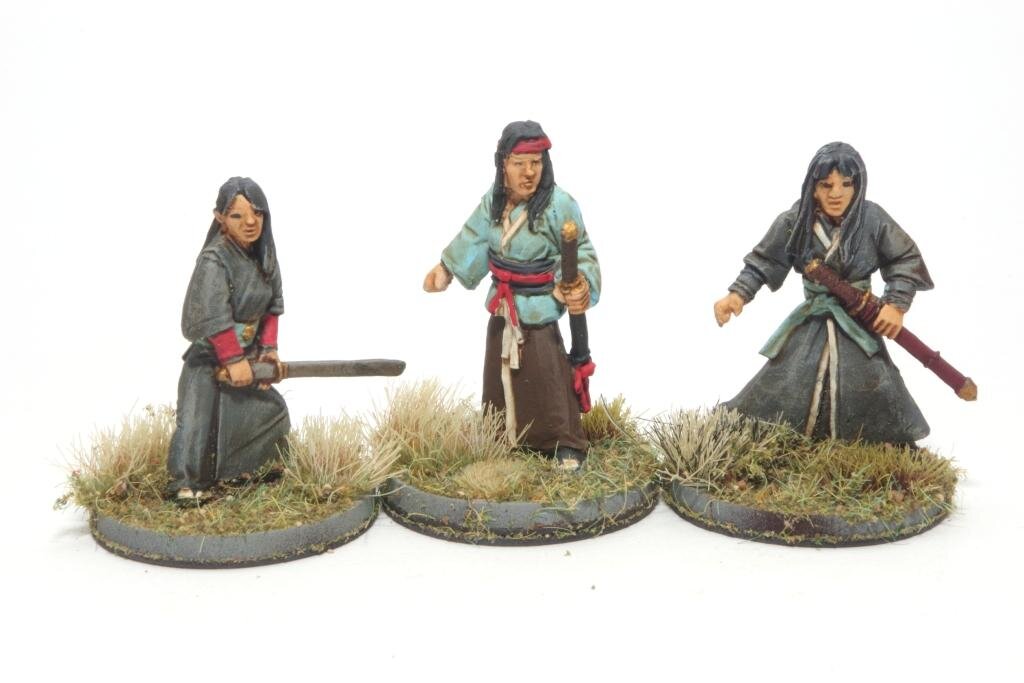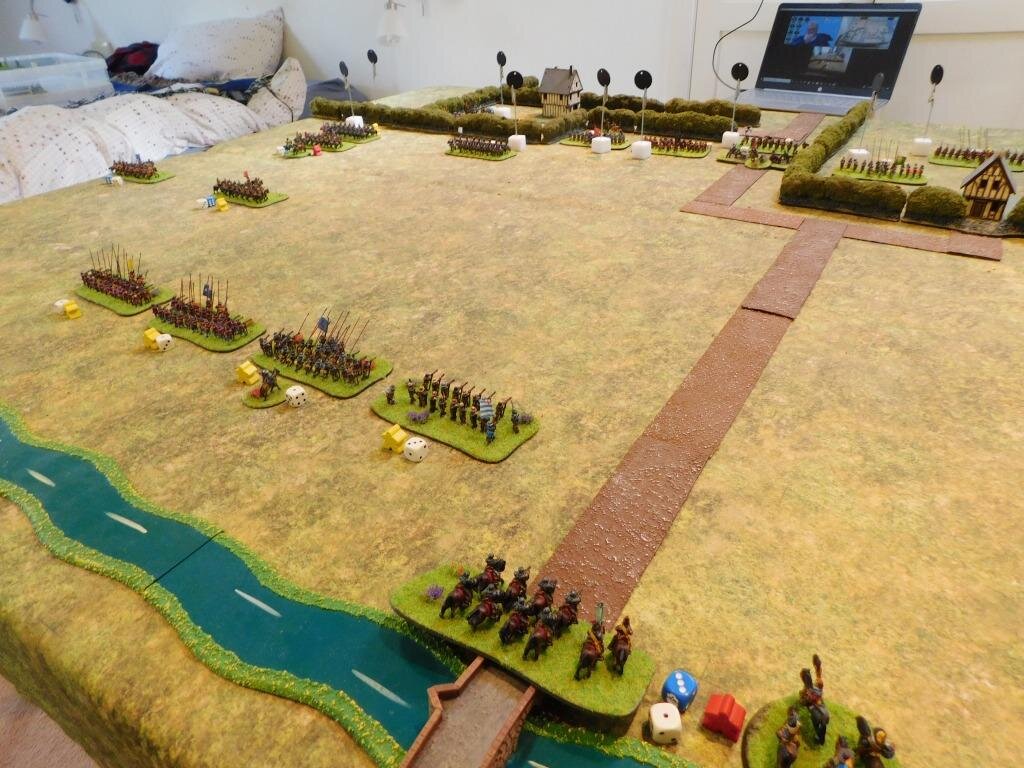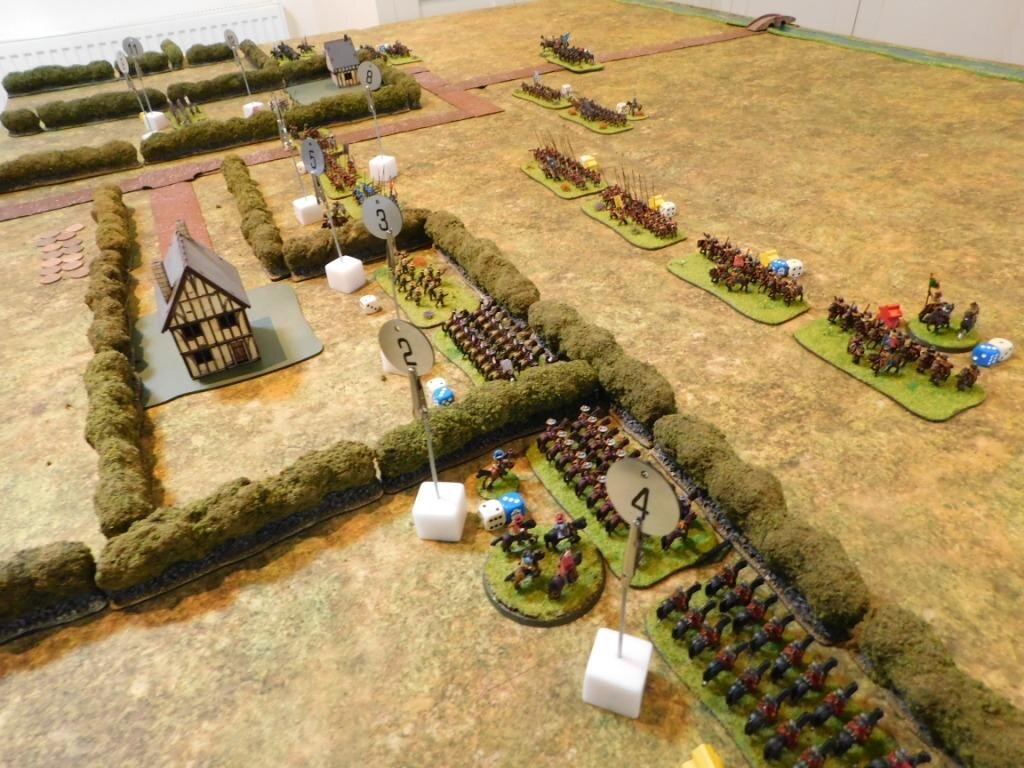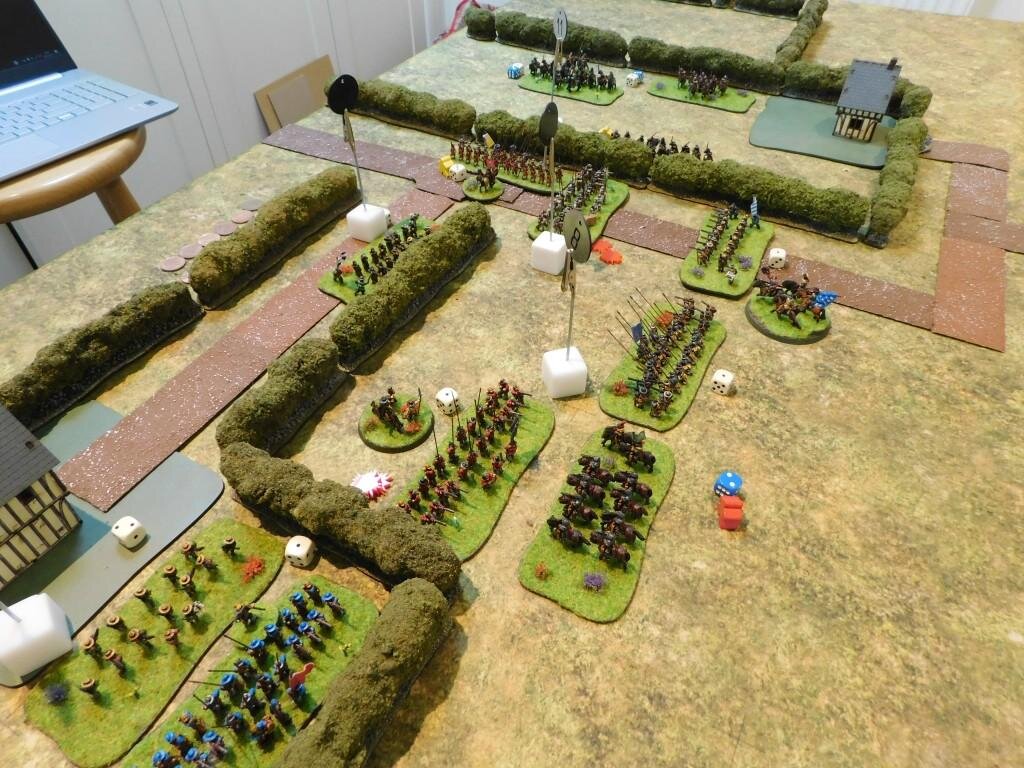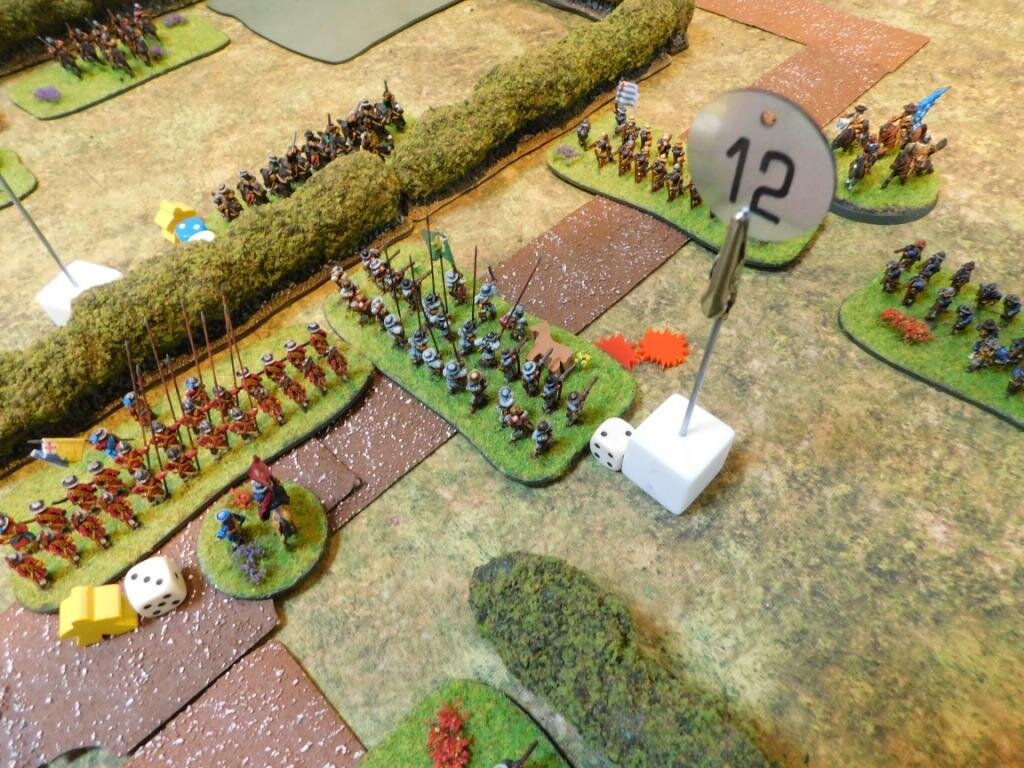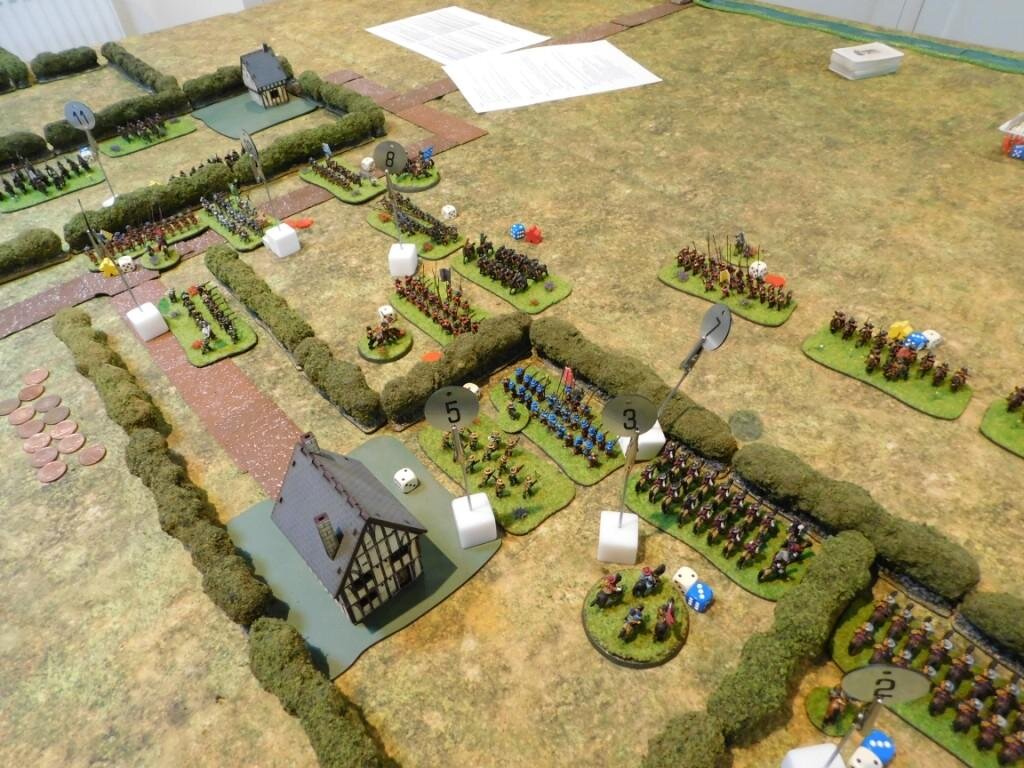Last weekend I picked up one of Ken Tout’s books from a charity shop: only a couple of quid for what proved to be an excellent read.
To Hell with Tanks is the third in the series of Ken Tout’s memoirs, and covers the Northants Yeomanry as they take their Shermans and, later, Buffaloes then Shermans again, through Holland and into Germany in 1944-5.
Tout was a gunner, so the story is told from an OR point of view: there’s little about strategy and operations and lots about the harsh reality of serving in tanks in WW2.
There are really two books in one here. The first is the biography of the regiment as it makes its way though the war, and this part is written as if it were being read to a room full of people. It gallops along at a pace that renders it almost impossible to put down until the end of the chapter. It’s often almost stream of consciousness stuff: James Joyce eat your heart out! Take this passage describing one tank’s attempts to manoeuvre through a village under fire:
Bobby McColl switched to intercom. ‘Steady forward, driver. See if you can get through. Everybody, eyes peeled. Bloody smoke!’
Don Foxley muttered another prayer. Automatically. All mind, eyes, hands, feet concentrated on the road, the ruins, the burning tanks, the Sherman upset in the ditch, the lowering smoke clouds. Carefully he controlled sticks and pedals. Sherman steady on the road. Heavy on the road. Tracks reacting to brakes. Drive wheels responding to pedals. Until a sensation of crumbling, and slipping, and falling, neutralised the brakes, rendered pedals impotent. And Don clung to the brake handles for balance as that tank, too, toppled into the vast ditch.
It can be pretty grim too. The descriptions of death are a strange combination: visceral imagery combined with a matter-of-fact style delivered at the pace described above. Here’s a mild example: a tank commander is caught by mortar fire when outside his tank trying to fix a tow rope. He’s about to signal his driver by waving his arm:
His arm still raised Sergeant Huitson performed a classic gymnastic backward roll.
He did not get up. The pure snow around his body was spattered with even purer red blood and then sullied by the fall of smoking splinters, carbonized shards, and charred rags of clothing.
No-one reading these passages can be in any doubt that war is a terrible thing.
The second part of the book takes the form of a separate but substantial piece at the end of each chapter written in the first person. Each one takes the role of a different member of a tank crew, or ARV man, or accompanying PBI. It describes their “job” in a diary-like form and gives real insight into the role and what it entails. There are real nuggets of information here that make the rest of the text come, if possible, even more alive. Take this excerpt from the wireless operator:
But they didn’t tell you what it would be like in action, in a Sherman turret. There is only one escape hatch, where the commander perches behind the gunner’s seat. Between them and me…more importantly between the hatch and me is this almighty gun, blocking the way out. Even in normal times it takes a deal of squeezing and squirming to get under the gun and into my seat - a fairly roomy seat once you get here.
That’s in normal times. In the instant of time, the flash of reality, when a tank blazes into multiple explosions - engine, petrol tank, donkey engine, ammunition all going off like ten volcanoes and a thousand firework displays - there are obstructions beyond the normal. Under the gun hangs a huge bag which catches the empty cases as the big gun fires. There is a heap of battle rubbish and thrown-off personal clothes or boots. Any maybe a fourteen stone corpse mixed up among it. And I will have to crawl and tunnel through that lot - while the tank goes BIG BANG and bang again, BEFORE I can even begin to leap towards the light.
Just reading it again makes me feel claustrophobic !
Re-reading all the above, don’t let me give you the impression that the book is all about the action. In both parts of the book, there’s also plenty of descriptions of non-battle activity, mostly to do with being either on the move or in laager. This is equally descriptive. Take this passage about the daily task of “netting”:
‘Come on, you lazy scamps. You dozy operators. Netting in ten minutes. Open netting today on my call sign. Rouse ye! Rouse ye!’
The inevitable chorus of ‘Ferk off! Up yours!’ was an idle protest. Operators rolled out of their blankets and climbed into turrets. At the appointed time Ken Squires would send out a signal on the appropriate frequencies, and operators would tune in precisely to the two frequencies which their set enabled them to lock on to. In battle it was theoretically possible to switch from one frequency to the other on the pronouncement of a codeword. This was in case Jerry was listening. In fact this danger was so disregarded that the squadron had never used the switching drill in actual battle, just as they had never used the Morse so assiduously practised at training regiments.
In all the book is an invaluable guide to what being a Sherman tanker was really like. It keeps mentioning, for example, the high profile of the Sherman; the fear of the dreaded ‘88’; the danger of being in the recon Stuart or Dingo; the stifling heat and choking stench within a closed up tank; the constant knocks and bruises from being rattled around inside a big metal box with sharp bits everywhere; the risk a commander took if he went into action with his head sticking out of the turret; the lack of visibility of the road, the enemy, of anything except a small patch of light through the periscope and much, much more.
Interestingly, it does deal with the “Ronsen” effect, although in the context of the Germans describing the Shermans as “Tommy-cookers”. That doesn’t seem to be Tout’s opinion: his view seems to be that in any tank sometimes a hit does result in an immediate column of fire out of the turret, and sometimes it doesn’t.
Highly recommended, and I will be keeping my eyes out for the other two in the series.







